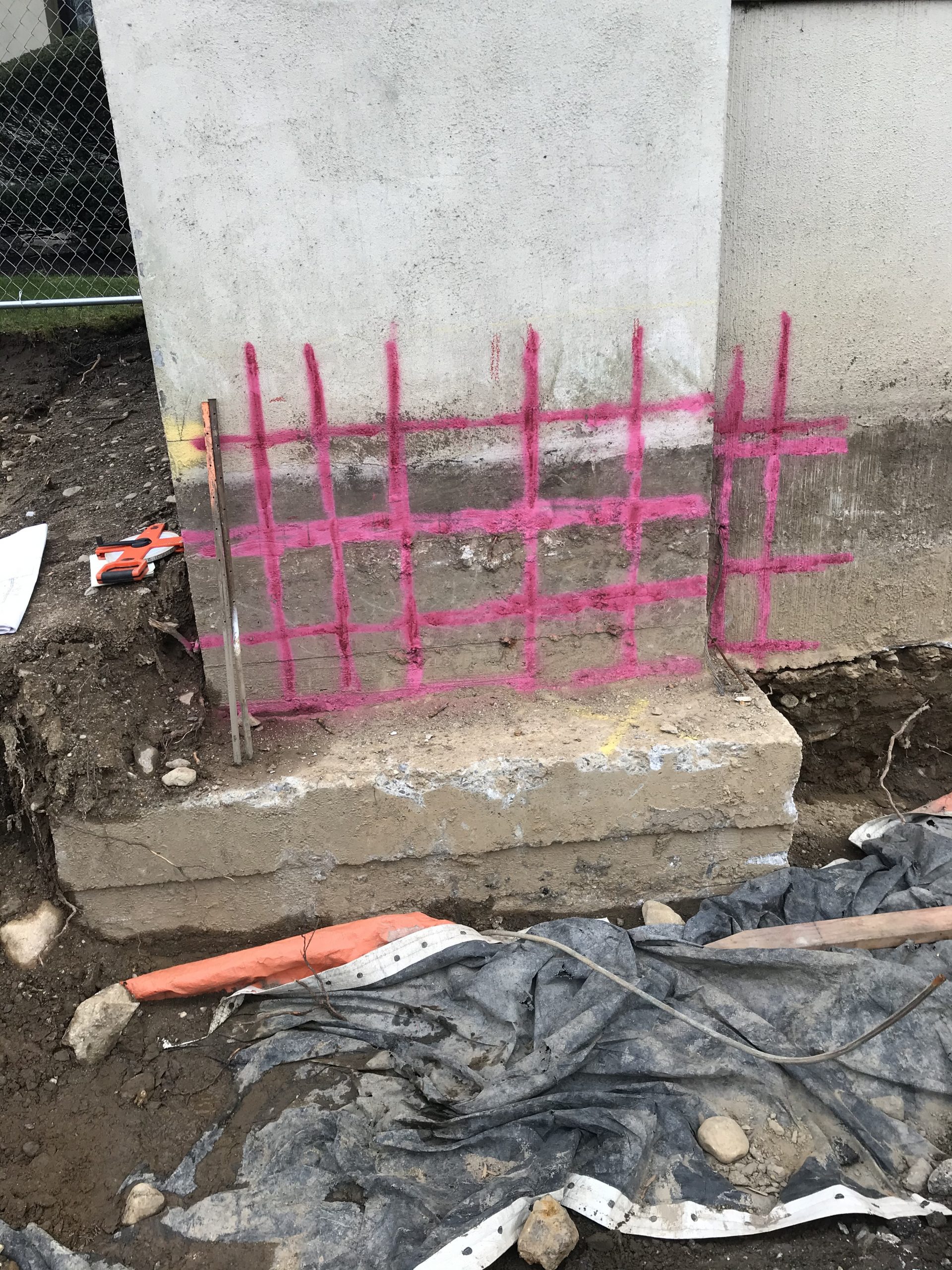The Importance of Specialist Concrete Scanning Solutions
The Importance of Specialist Concrete Scanning Solutions
Blog Article
Introduce the Transformative Power of Concrete Scanning in Maximizing Efficiency and Safety And Security
Concrete scanning has emerged as a crucial tool in the building market, offering unparalleled benefits in boosting job performance and guaranteeing security requirements. The transformative power of concrete scanning exists in its ability to offer in-depth understandings and real-time data, revolutionizing how jobs are intended and performed.
Relevance of Concrete Scanning
Making sure the structural honesty and safety of building and construction jobs starts with the critical step of performing extensive concrete scanning. Concrete scanning is a non-destructive approach used to identify and map subsurface elements within concrete frameworks.
The importance of concrete scanning can not be overemphasized, as it plays a vital duty in avoiding mishaps, minimizing project hold-ups, and making certain the long-term longevity of the construction. By determining possible hazards before the building stage starts, contractors can apply appropriate precaution and make notified decisions pertaining to the style and implementation of the task. Furthermore, concrete scanning aids in optimizing task timelines and spending plan by preventing unanticipated expenses and hold-ups that might develop because of unanticipated obstructions within the concrete. Ultimately, purchasing extensive concrete scanning is an aggressive technique that enhances both effectiveness and safety and security in building tasks.
Exactly How Concrete Scanning Works
Concrete scanning runs as a vital tool in construction projects by using sophisticated innovations to spot and map subsurface elements without creating architectural damage. Ground Permeating Radar (GPR) and Electromagnetic Induction (EMI) are two primary approaches made use of in concrete scanning. GPR works by discharging high-frequency radar pulses into the surface area, which get better when they experience subsurface objects or spaces. The time considered the signal to return suggests the depth and location of the items. EMI, on the other hand, makes use of electro-magnetic areas to determine variances in product compositions, such as recognizing rebar or channels within concrete frameworks.
Throughout the scanning procedure, the information accumulated is assessed in real-time, allowing immediate identification of prospective dangers or barriers under the surface area. By employing these advanced innovations, concrete scanning dramatically decreases the risk of expensive problems and injuries on building and construction sites.
Advantages of Concrete Scanning
One of the main advantages of concrete scanning is the ability to spot and situate embedded things such as rebar, post-tension cable televisions, and conduits precisely. Concrete scanning aids in planning and making much more efficiently, as it gives accurate details regarding the location and deepness of architectural parts.

Situation Researches: Concrete Scanning Success

In another case, a building and construction company utilized 3D concrete scanning to examine the problem old concrete structures in a historic structure. The thorough scans offered useful understandings right into the extent of degeneration and aided focus on maintenance efforts effectively. By proactively addressing locations of problem determined with scanning, the business was able to extend the lifespan of the structure and make certain passenger safety.
These study underscore the transformative power of concrete scanning in enhancing effectiveness, accuracy, and safety in building jobs.
Carrying Out Concrete Scanning in Projects
Carrying out advanced scanning technologies during construction projects has become increasingly important for improving precision and safety. By integrating concrete scanning into task preparation and implementation, building teams can determine prospective risks, such click here for more as rebar or post-tension cords, hidden within concrete structures. This proactive method reduces the risk of accidents, hold-ups, and costly rework, ultimately resulting in a lot more effective project timelines and spending plans.
To apply concrete scanning properly, job managers should team up very closely with seasoned scanning specialists to figure out the most suitable scanning strategies for the specific task demands. Engaging scanning specialists from the early stages of a project allows the team to develop detailed scanning plans that attend to essential locations of issue and ensure detailed information collection.
Furthermore, incorporating concrete scanning into regular job operations can enhance decision-making procedures, as real-time scan information offers prompt insights right into the condition of concrete structures - Concrete Scanning. This data-driven strategy assists in educated analytical and makes it possible for teams to make modifications promptly, promoting a society of effectiveness and safety and security throughout the project lifecycle

Conclusion
To conclude, concrete scanning plays a crucial duty in boosting effectiveness and safety and security in construction projects. By utilizing advanced technology to find and map out underlying frameworks within concrete, this procedure helps to avoid costly errors, make certain architectural integrity, and reduce risks on site. With the capability to discover concealed components and give exact data, concrete scanning proves to be an important tool for enhancing job results and maximizing overall success.
Concrete scanning is a non-destructive method utilized to discover and map subsurface aspects within concrete structures. Furthermore, concrete scanning assists in enhancing job timelines and budget click here to find out more by preventing unforeseen prices and hold-ups that might develop due to unpredicted blockages within the concrete. One remarkable instance research entails a large renovation project where concrete scanning played a vital function in making certain task success.In one more situation, a building business utilized 3D concrete scanning to examine the problem of maturing concrete structures in a historic building. By integrating concrete scanning right into task planning and execution, construction groups can determine potential hazards, such as rebar or post-tension cords, hidden within concrete frameworks.
Report this page